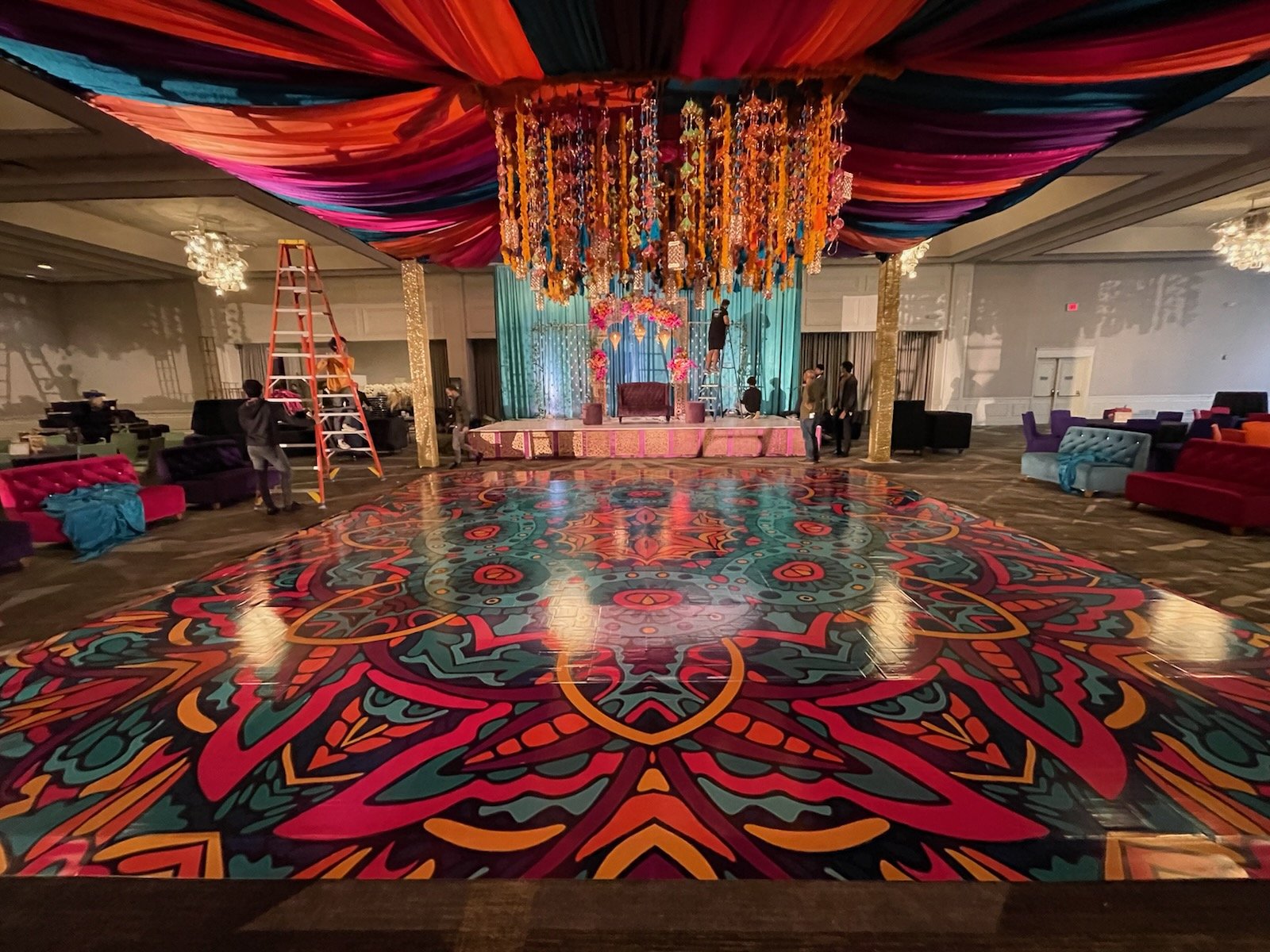Guaranteeing Security and Pleasure on the Dancing Space: Identifying and Mitigating Common Risks
Guaranteeing Security and Pleasure on the Dancing Space: Identifying and Mitigating Common Risks
Blog Article
Dancing is a well-liked activity that brings individuals collectively, regardless of at a party, a club, or a unique occasion. Yet, while dancing can be a lot of fun, it is essential to maintain security in consideration. The dance area can present various hazards that may lead to injuries or incidents if not managed appropriately. By recognizing and preventing these common hazards, function organizers and dancers can guarantee a secure and enjoyable experience for everyone.
One of the most significant hazards on the dance floor is the threat of slipping up or falling. This can happen due to spills, uneven ground, or overcrowded spaces. To avoid these incidents, it is crucial to maintain a clean and clear dance space. Event coordinators should frequently check the area for any leaks or obstacles and remove them up immediately. Furthermore, ensuring that the dance floor is well-lit can help dancers see potential hazards, reducing the chances of falling. Dancers should also be mindful of their surroundings, steering clear of crowded areas where they may be pushed or tripped.
Another common problem on the dance floor is the potential for injuries caused by too many people. When too many people congregate in one area, it can lead to bumps, bruises, and even more grave injuries. To prevent overcrowding, venues should set a maximum capacity for the dance area and oversee it closely. Event organizers can use barriers or cords to create designated areas for dancing, which can help control crowd flow. Additionally, encouraging dancers to be conscious of their space and to respect others can create a more secure environment for everyone.
Injuries can also occur from unsuitable great post to read footwear. Wearing shoes that are not suitable for dancing can lead to falls, injuries, or foot injuries. Dancers should select footwear that provides proper support and traction. Event coordinators can encourage guests to wear appropriate shoes by adding this information in invitations or communications. Providing a place for dancers to keep their shoes can also help keep the dance floor secure and clear from potential hazards.
Lastly, it is vital to recognize the importance of health and fitness on the dance area. Staying hydrated is crucial, especially during extended periods of dancing. Dehydration can lead to dizziness, fatigue, and other health concerns. Event coordinators should provide water stations or encourage guests to carry water containers. Additionally, it is vital for dancers to pay attention to their bodies and take breaks as necessary. By encouraging a healthy atmosphere, everyone can savor dancing while reducing the risk of health-related issues.
In summary, guaranteeing safety and enjoyment on the get redirected here dance area requires consciousness and proactive measures. By recognizing hazards such as slips, overcrowding, improper footwear, and health issues, event coordinators and dancers can work together to create a safe environment. Implementing these actions not only prevents accidents but also improves the overall encounter for all involved. With proper precautions, the dance floor can remain a space of fun and community for all.
